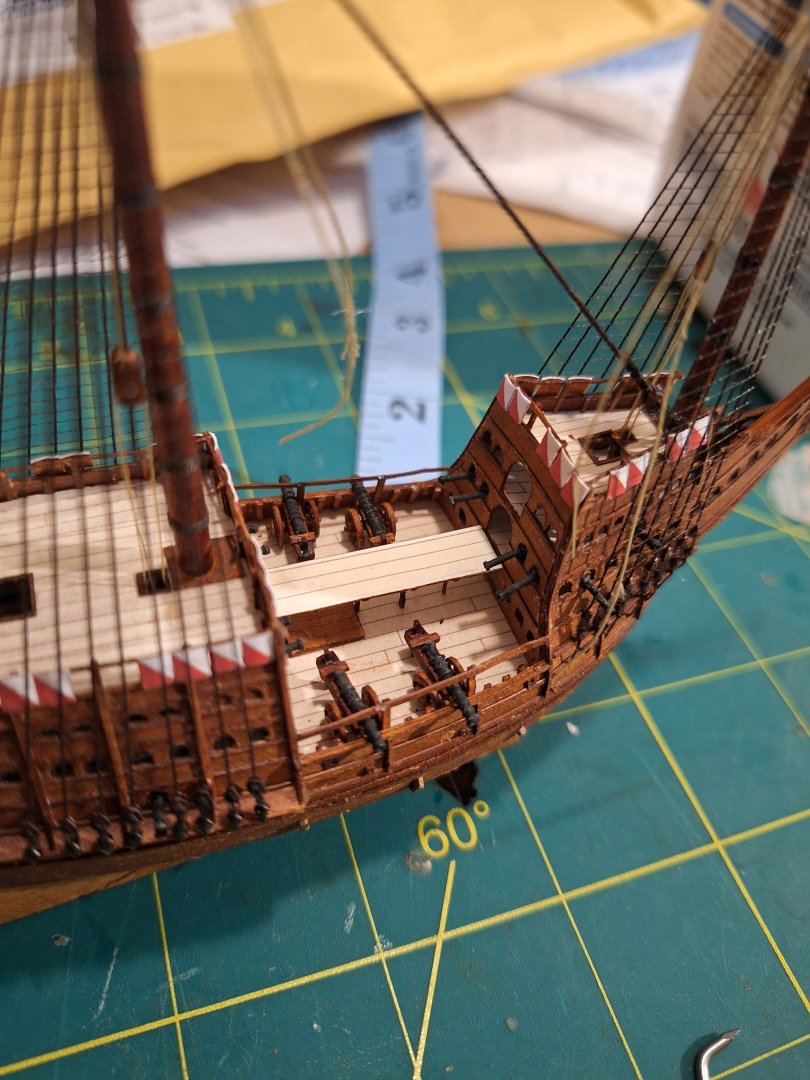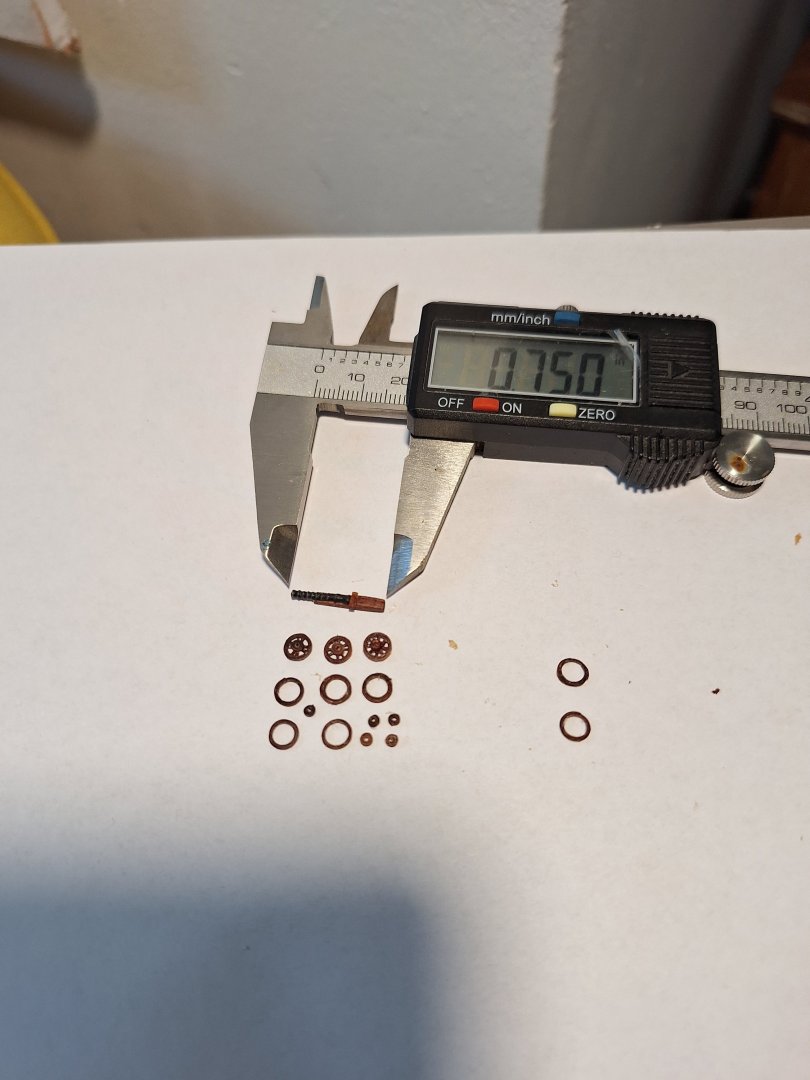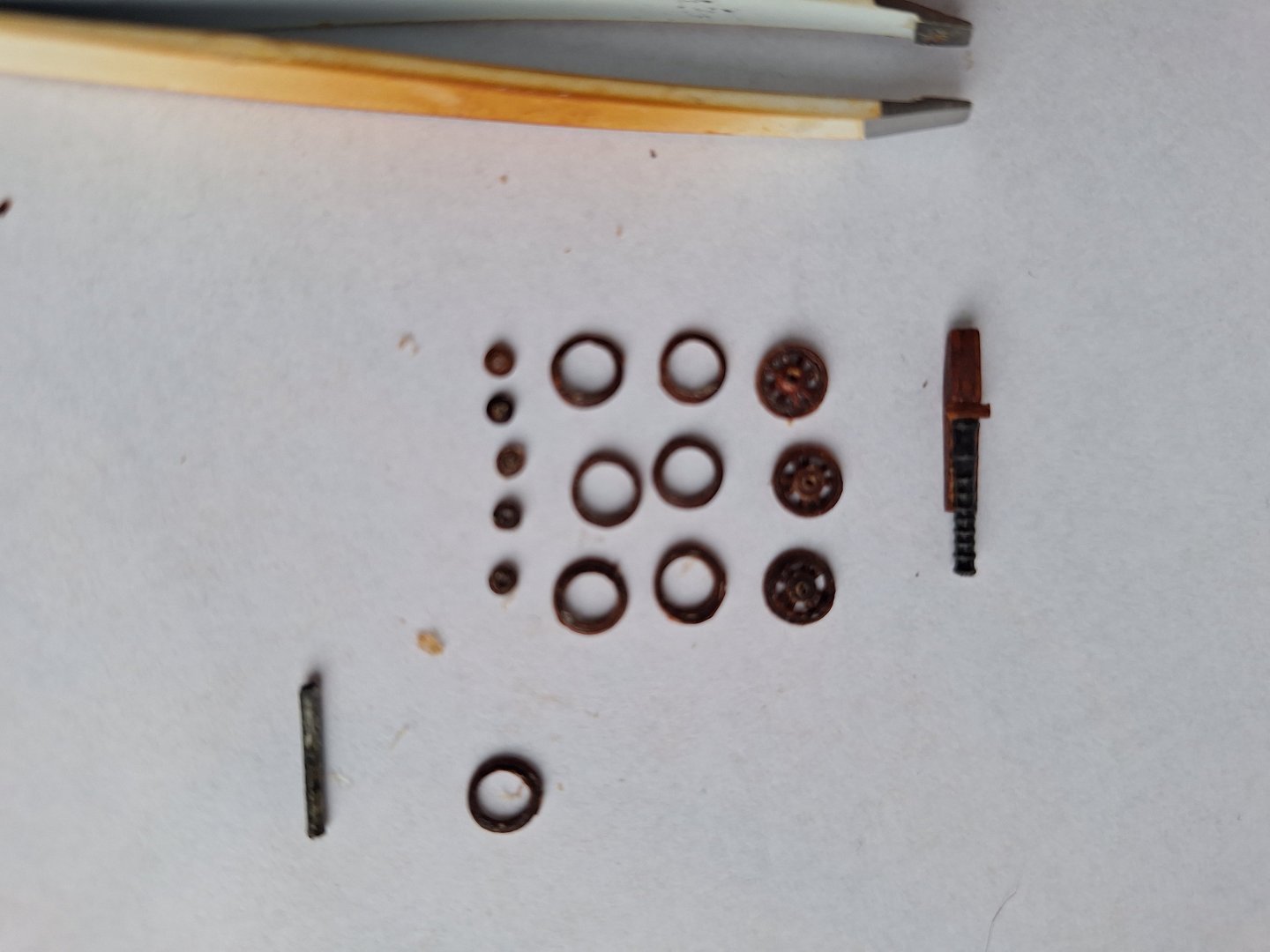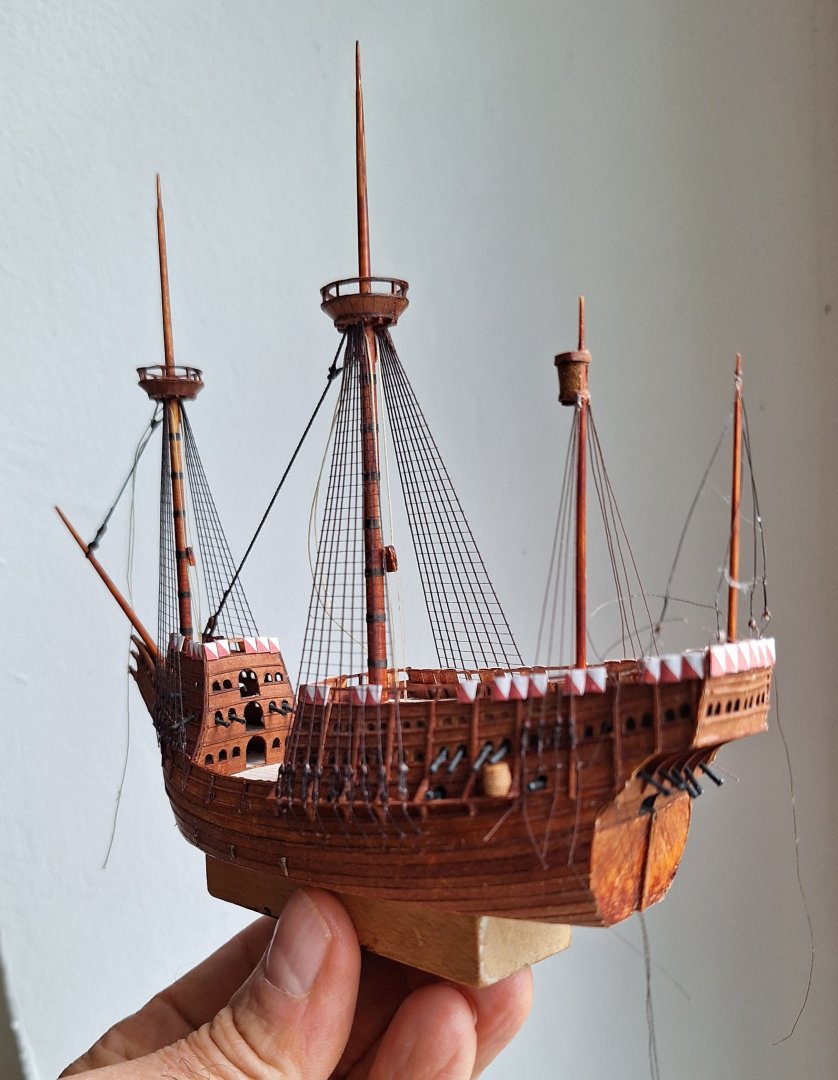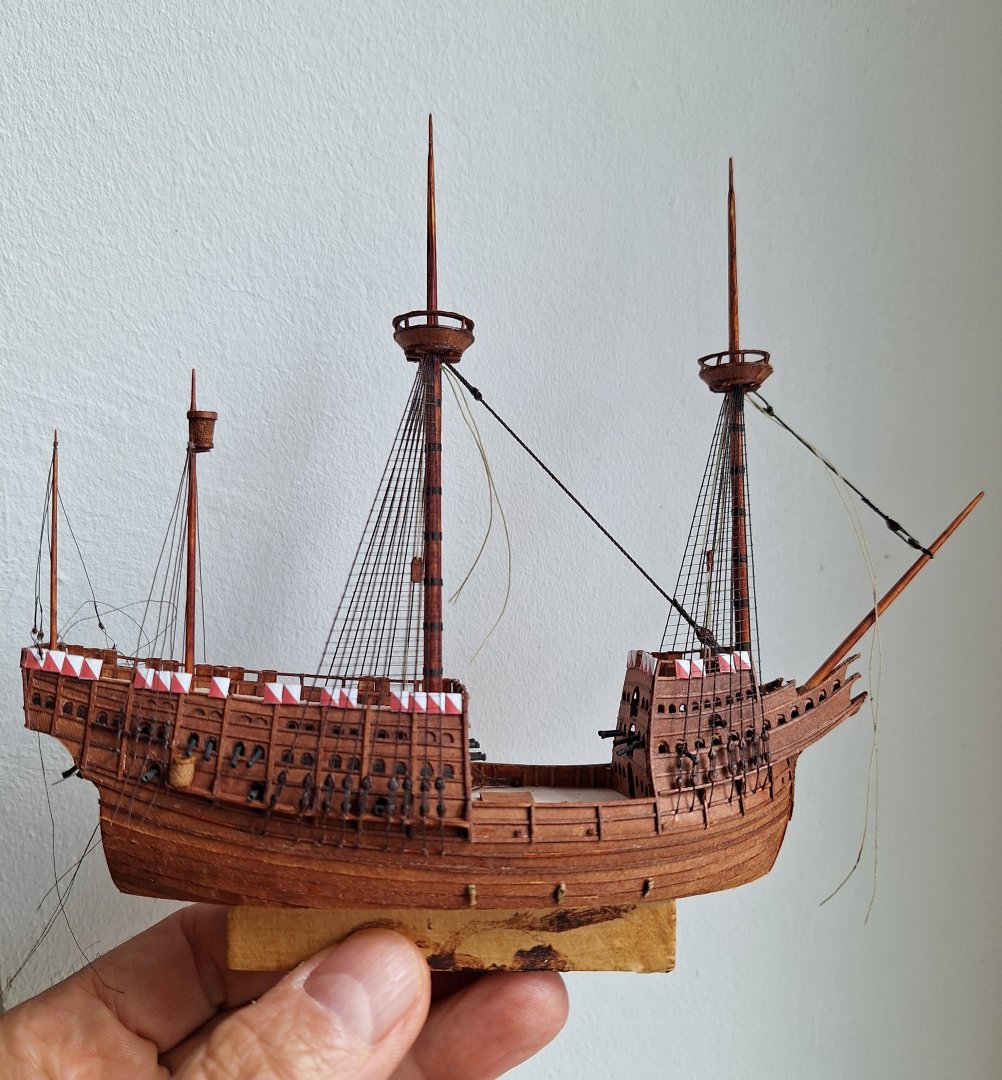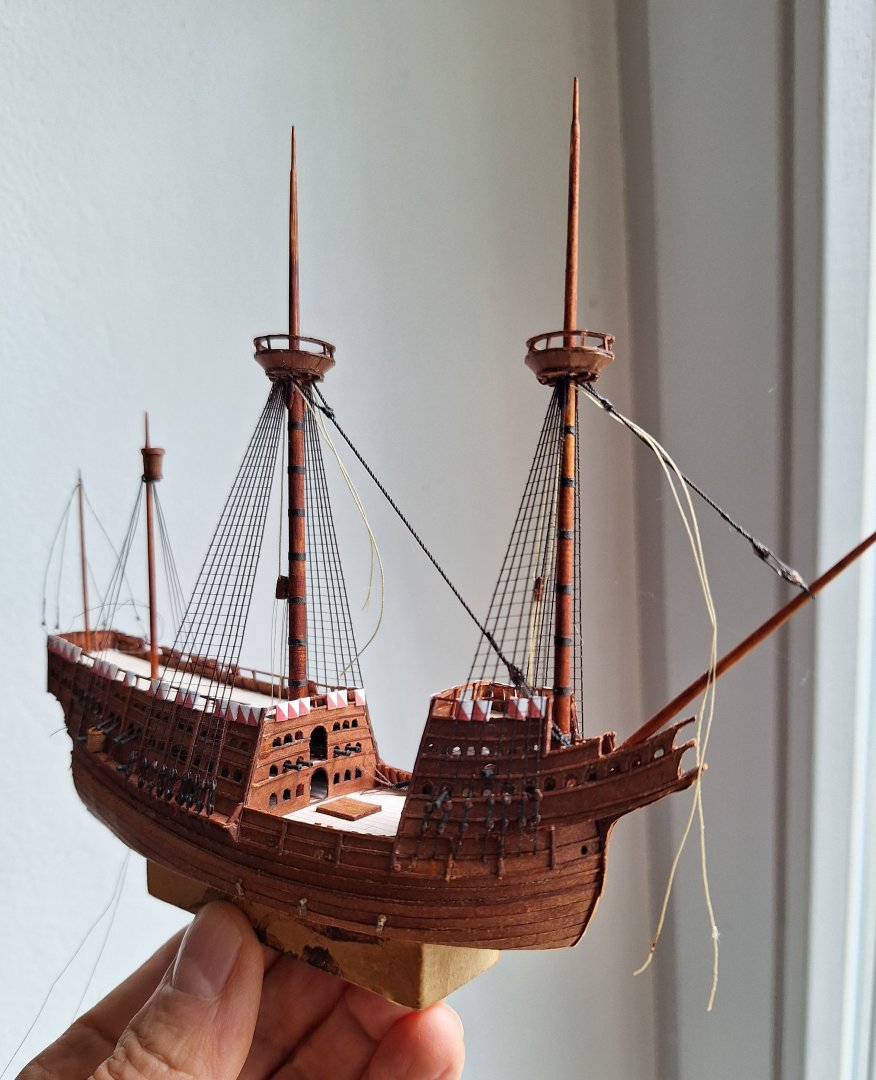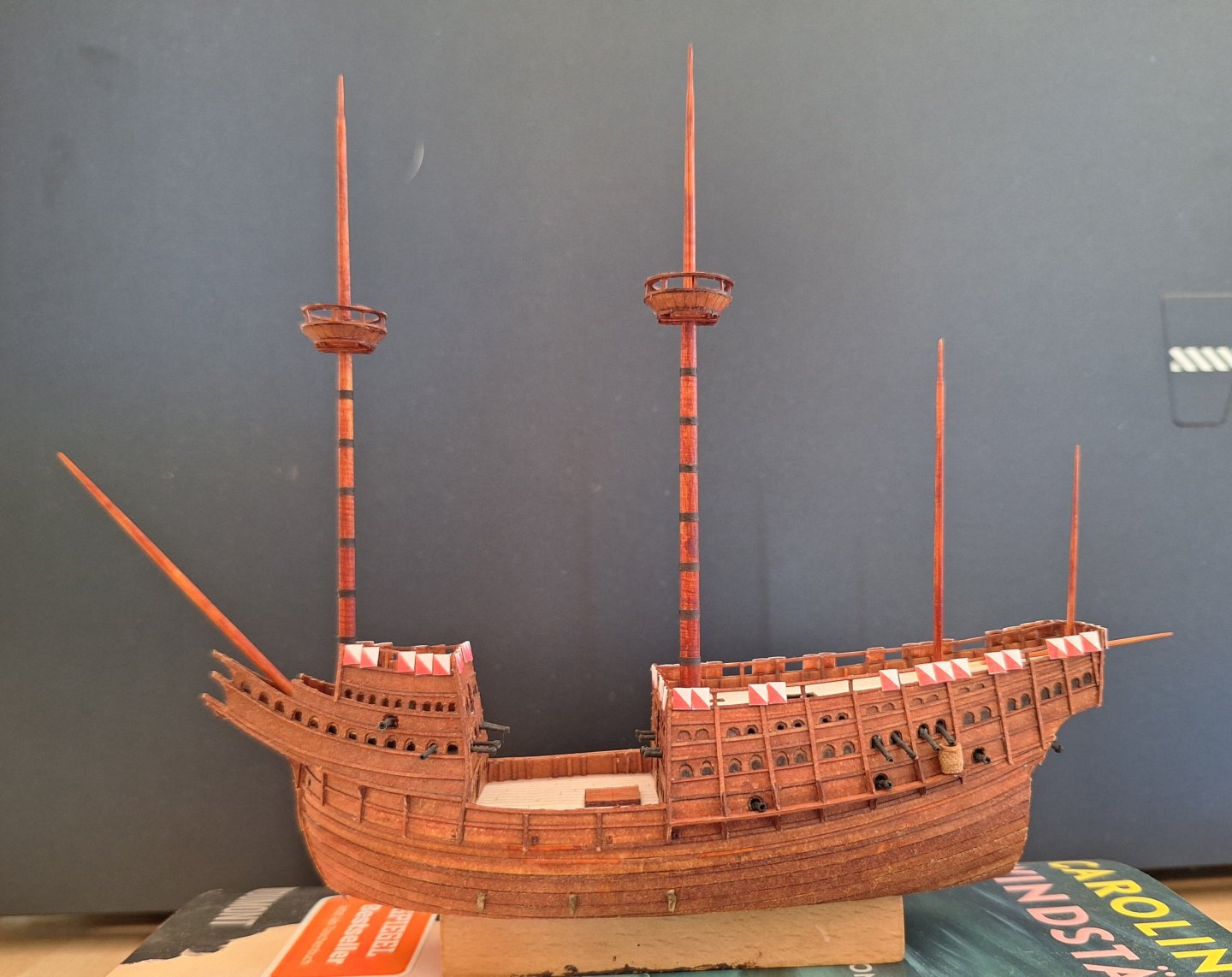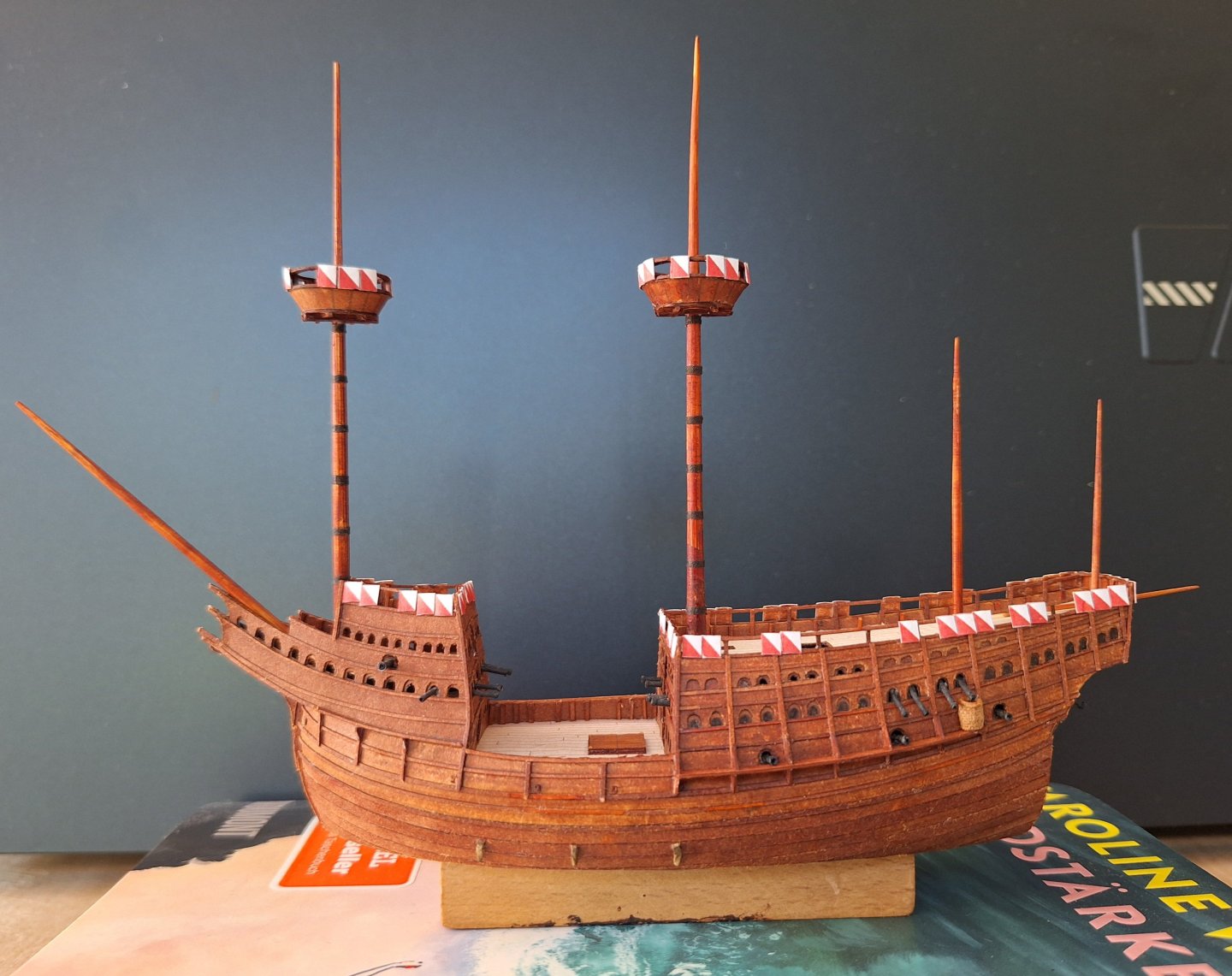
Alvb
Members-
Posts
136 -
Joined
-
Last visited
About Alvb
- Currently Viewing Forums Index
Profile Information
-
Location
Germany
Recent Profile Visitors
The recent visitors block is disabled and is not being shown to other users.
-
 GrandpaPhil reacted to a post in a topic:
Carrack by Alvb - scale 1:250 - CARD - after Pieter Bruegel's "Landscape with the Fall of Icarus"
GrandpaPhil reacted to a post in a topic:
Carrack by Alvb - scale 1:250 - CARD - after Pieter Bruegel's "Landscape with the Fall of Icarus"
-
 Canute reacted to a post in a topic:
Carrack by Alvb - scale 1:250 - CARD - after Pieter Bruegel's "Landscape with the Fall of Icarus"
Canute reacted to a post in a topic:
Carrack by Alvb - scale 1:250 - CARD - after Pieter Bruegel's "Landscape with the Fall of Icarus"
-
 ccoyle reacted to a post in a topic:
Carrack by Alvb - scale 1:250 - CARD - after Pieter Bruegel's "Landscape with the Fall of Icarus"
ccoyle reacted to a post in a topic:
Carrack by Alvb - scale 1:250 - CARD - after Pieter Bruegel's "Landscape with the Fall of Icarus"
-
 Siggi52 reacted to a post in a topic:
Carrack by Alvb - scale 1:250 - CARD - after Pieter Bruegel's "Landscape with the Fall of Icarus"
Siggi52 reacted to a post in a topic:
Carrack by Alvb - scale 1:250 - CARD - after Pieter Bruegel's "Landscape with the Fall of Icarus"
-
 Kenchington reacted to a post in a topic:
Carrack by Alvb - scale 1:250 - CARD - after Pieter Bruegel's "Landscape with the Fall of Icarus"
Kenchington reacted to a post in a topic:
Carrack by Alvb - scale 1:250 - CARD - after Pieter Bruegel's "Landscape with the Fall of Icarus"
-
 archjofo reacted to a post in a topic:
Carrack by Alvb - scale 1:250 - CARD - after Pieter Bruegel's "Landscape with the Fall of Icarus"
archjofo reacted to a post in a topic:
Carrack by Alvb - scale 1:250 - CARD - after Pieter Bruegel's "Landscape with the Fall of Icarus"
-
 archjofo reacted to a post in a topic:
Carrack by Alvb - scale 1:250 - CARD - after Pieter Bruegel's "Landscape with the Fall of Icarus"
archjofo reacted to a post in a topic:
Carrack by Alvb - scale 1:250 - CARD - after Pieter Bruegel's "Landscape with the Fall of Icarus"
-
 archjofo reacted to a post in a topic:
Carrack by Alvb - scale 1:250 - CARD - after Pieter Bruegel's "Landscape with the Fall of Icarus"
archjofo reacted to a post in a topic:
Carrack by Alvb - scale 1:250 - CARD - after Pieter Bruegel's "Landscape with the Fall of Icarus"
-
 archjofo reacted to a post in a topic:
Carrack by Alvb - scale 1:250 - CARD - after Pieter Bruegel's "Landscape with the Fall of Icarus"
archjofo reacted to a post in a topic:
Carrack by Alvb - scale 1:250 - CARD - after Pieter Bruegel's "Landscape with the Fall of Icarus"
-
 archjofo reacted to a post in a topic:
Carrack by Alvb - scale 1:250 - CARD - after Pieter Bruegel's "Landscape with the Fall of Icarus"
archjofo reacted to a post in a topic:
Carrack by Alvb - scale 1:250 - CARD - after Pieter Bruegel's "Landscape with the Fall of Icarus"
-
It's been a while since I've shown anything here. I'm currently trying to make guns for the ship's deck. It's difficult. The gun shown has a total length of 1.8 cm, or 0.75 inches. The wheels have a diameter of around 5 mm, or 0.2 inches. I'm curious to see how much of it will still be visible under the anti-boarding nets. Alvb Unfortunately, the image is very poor....
-
many thanks to all I use these subframes made of sturdy cardboard. The shroud ropes are clamped into them, and then the web lines are placed over them. At the intersection points, I use a needle to apply tiny drops of shellac as glue. Finally, the entire shroud system is removed from the frame and any excess length is trimmed off. It's ready for installation on the boat.
-
Roter Löwe 1597 by Ondras71
Alvb replied to Ondras71's topic in - Build logs for subjects built 1501 - 1750
Don't the jib halyard's cable and the lower block of the mainstay get in each other's way? Bela -
 Alvb reacted to a post in a topic:
Mary Rose by Baker - scale 1/50 - "Your Noblest Shippe"
Alvb reacted to a post in a topic:
Mary Rose by Baker - scale 1/50 - "Your Noblest Shippe"
-
 Alvb reacted to a post in a topic:
Ship design and gunnery in England around 1600 according to „Dell’Arcano del Mare” by Robert Dudley
Alvb reacted to a post in a topic:
Ship design and gunnery in England around 1600 according to „Dell’Arcano del Mare” by Robert Dudley
-
 Alvb reacted to a post in a topic:
Ship design and gunnery in England around 1600 according to „Dell’Arcano del Mare” by Robert Dudley
Alvb reacted to a post in a topic:
Ship design and gunnery in England around 1600 according to „Dell’Arcano del Mare” by Robert Dudley
-
 Alvb reacted to a post in a topic:
Ship design and gunnery in England around 1600 according to „Dell’Arcano del Mare” by Robert Dudley
Alvb reacted to a post in a topic:
Ship design and gunnery in England around 1600 according to „Dell’Arcano del Mare” by Robert Dudley
-
 Alvb reacted to a post in a topic:
Ship design and gunnery in England around 1600 according to „Dell’Arcano del Mare” by Robert Dudley
Alvb reacted to a post in a topic:
Ship design and gunnery in England around 1600 according to „Dell’Arcano del Mare” by Robert Dudley
-
 Alvb reacted to a post in a topic:
Ship design and gunnery in England around 1600 according to „Dell’Arcano del Mare” by Robert Dudley
Alvb reacted to a post in a topic:
Ship design and gunnery in England around 1600 according to „Dell’Arcano del Mare” by Robert Dudley
-
 Alvb reacted to a post in a topic:
Ship design and gunnery in England around 1600 according to „Dell’Arcano del Mare” by Robert Dudley
Alvb reacted to a post in a topic:
Ship design and gunnery in England around 1600 according to „Dell’Arcano del Mare” by Robert Dudley
-
This is better. The masts have been lengthened and the fighting tops have been reduced in size. I'd like to depict the sail as billowing as Brueghel did. I've used Bible paper for other models at this scale. However, it's difficult to curve it in two directions. Perhaps someone here has a tip on how I could create such a billowing, curved sail. best regards Alvb
About us
Modelshipworld - Advancing Ship Modeling through Research
SSL Secured
Your security is important for us so this Website is SSL-Secured
NRG Mailing Address
Nautical Research Guild
237 South Lincoln Street
Westmont IL, 60559-1917
Model Ship World ® and the MSW logo are Registered Trademarks, and belong to the Nautical Research Guild (United States Patent and Trademark Office: No. 6,929,264 & No. 6,929,274, registered Dec. 20, 2022)
Helpful Links
About the NRG
If you enjoy building ship models that are historically accurate as well as beautiful, then The Nautical Research Guild (NRG) is just right for you.
The Guild is a non-profit educational organization whose mission is to “Advance Ship Modeling Through Research”. We provide support to our members in their efforts to raise the quality of their model ships.
The Nautical Research Guild has published our world-renowned quarterly magazine, The Nautical Research Journal, since 1955. The pages of the Journal are full of articles by accomplished ship modelers who show you how they create those exquisite details on their models, and by maritime historians who show you the correct details to build. The Journal is available in both print and digital editions. Go to the NRG web site (www.thenrg.org) to download a complimentary digital copy of the Journal. The NRG also publishes plan sets, books and compilations of back issues of the Journal and the former Ships in Scale and Model Ship Builder magazines.



